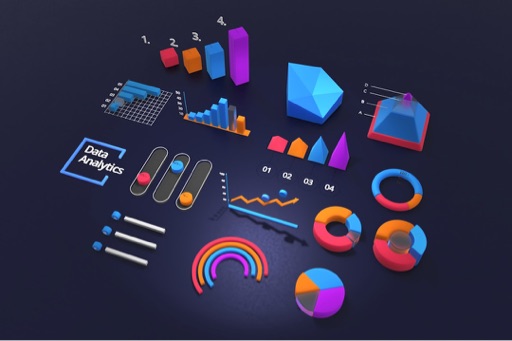In an age dominated by technology, the concept of digital wellbeing has become increasingly vital. As we navigate our daily lives intertwined with social media, apps, and devices, it is essential to find a balance that enables us to enjoy the benefits of technology while maintaining our mental health and social connections.
Digital wellbeing refers to the state of physical and mental health as influenced by our use of digital devices and platforms. It encompasses various aspects, including our online presence, screen time, and emotional engagement with technology. With excessive use of digital devices, many people experience negative repercussions, such as anxiety, social isolation, and a decline in productivity.
To enhance digital wellbeing, individuals can take several proactive steps:
- Set Boundaries: Establish specific times for device use to prevent it from encroaching on important aspects of life such as family time and sleep.
- Focus on Quality Interactions: Prioritize genuine communication over superficial engagements. Meaningful conversations and social interactions can significantly boost well-being.
- Pursue Offline Activities: Engage regularly in activities that do not involve screens, like reading, exercising, or enjoying nature.
- Use Technology Mindfully: Be conscious of the applications and platforms you use. Aim for those that promote positive experiences and well-being.
Finding the balance between embracing technology and preserving our wellbeing often requires conscious effort. It is important to set realistic goals and continuously evaluate our relationship with digital spaces.
In conclusion, as we continue to advance into a digital future, awareness and proactive measures toward our digital wellbeing will ensure we harness the positives of technology without sacrificing our mental health and fulfillment in life.

Source: MSN


